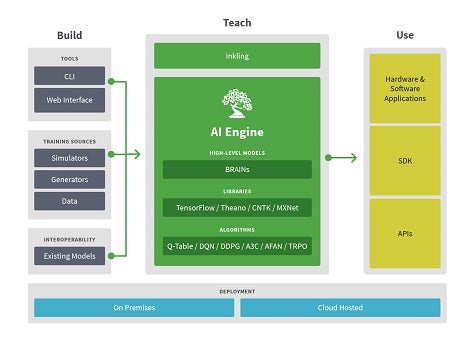The thing that makes artificial intelligence applications different is that rather than being programmed, they need to be first taught the task that any organization wants to automate, much like a human being. To provide a structured approach to training those applications, Bonsai today announced it is providing early access to a set of tools for building and deploying AI models.
Bonsai CEO Mark Hammond says the best way to level the AI playing field is to make it a lot simpler for organizations to create these applications using machine learning libraries and algorithms that Bonsai has curated.
Beyond providing access to the AI modeling tools Bonsai has created, the early access program also provides organizations with an opportunity to consult with Bonsai experts on the development of AI applications.
“We’re bridging the gap between machine learning and machine teaching,” says Hammond.
Fresh off raising an additional $7.6 million in financing, Hammond says far from replacing human beings, the future of software is one where the interactions between humans and machines will be much more tightly integrated. In fact, Hammond says, a truly successful AI implementation will result in a set of tasks being performed with human beings needing to be aware that they were performed on their behalf by a machine.
At this point, it’s clear that many organizations are investing extensively in AI applications that will to one degree or another provide them with a competitive advantage that has the potential to disrupt entire industries. The real AI issue today isn’t so much whether AI is viable as much as it is how and when organizations will train machines to perform a wide range of tasks more efficiently before some rival inevitably does. In short, like it or not, the AI arms race is now underway.



